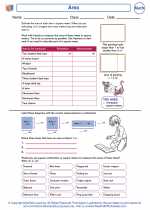Area and Perimeter -> line segment
Line Segment
A line segment is a part of a line that is bounded by two distinct end points and contains every point on the line between its end points. It is a straight path that has a definite beginning and end. A line segment can be measured in terms of its length.
Properties of Line Segments
1. Length: The length of a line segment is the distance between its two end points.
2. End Points: Line segments are defined by their two end points, which are the two distinct points that mark the boundaries of the segment.
3. Straightness: A line segment is always straight and does not curve or bend.
4. Infinite Extension: While a line segment has a definite length, the line on which it lies extends infinitely in both directions.
Notation
Line segments are often denoted by naming their two end points. For example, if the end points of a line segment are A and B, the line segment can be denoted as AB or BA.
Example
Consider a line segment with end points A and B. The length of the line segment AB can be denoted as |AB| or |BA|, and it represents the distance between points A and B.
Study Guide
When studying line segments, it's important to understand the concept of length, end points, and straightness. Practice identifying and measuring line segments using a ruler or by using coordinates on a graph. Pay attention to the notation used to represent line segments and understand how to calculate their lengths using the distance formula.
It can also be helpful to explore real-world examples of line segments, such as the sides of a polygon or the edges of a book. Understanding the properties and characteristics of line segments will provide a solid foundation for further studies in geometry and measurement.
[Line Segment] Related Worksheets and Study Guides:
.◂Math Worksheets and Study Guides Fourth Grade. Area and Perimeter
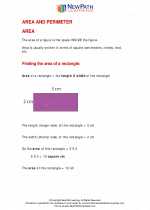
 Worksheet/Answer key
Worksheet/Answer key
 Worksheet/Answer key
Worksheet/Answer key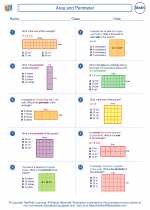
 Worksheet/Answer key
Worksheet/Answer key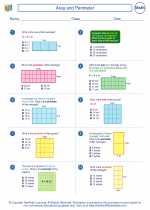
 Worksheet/Answer key
Worksheet/Answer key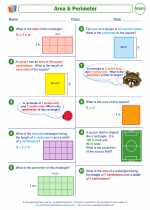
 Worksheet/Answer key
Worksheet/Answer key
 Worksheet/Answer key
Worksheet/Answer key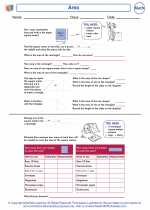
 Worksheet/Answer key
Worksheet/Answer key